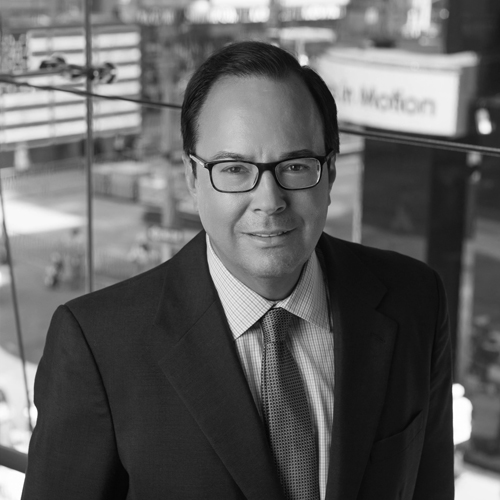The question of how different media can stay afloat in the era of Internet, streaming, and mobile platforms is one of the biggest and most contested in entertainment news today. Debates about paid-for content and marketing revenue whirl through headlines and opinion columns while industry executives work to keep their companies competitive and dynamic. Stephanie Plasse, senior vice president and head of the distribution legal group at A&E Networks, understands the challenges of evolving distribution methods from a legal and business standpoint. Here, Plasse discusses how networks meet demands of the twenty-first-century consumer.
Modern Counsel: Since online and streaming services started, people are viewing TV programming differently. How has that changed the way A&E Networks functions?
Stephanie Plasse: We’ve become much more conscious of the way consumers want to receive and view content. Those habits and interests have changed, and the growth and availability of digital means of distribution has created new opportunities. Digital distribution is becoming more prevalent, and entertainment companies have to adapt. For me, that means working on deals that ensure that there is a digital avenue for our viewers to consume content.
MC: Tell me about this digital avenue and how it affects your work.
SP: We’ve worked on being part of the TV Everywhere Initiative in the television industry. Consumers want content that has traditionally been on a linear programming schedule to be available on demand and on different platforms, such as iPhone, iPad, and Xbox. That’s a huge change for the entertainment industry, and companies are trying to be responsive and develop multiple platforms. There are three main challenges: rights, technology, and branding. The experience of the music industry with piracy and the success of iTunes serves as a model. When easy, legal access to content is made available at a low cost or for free, people will use it. People don’t necessarily want to engage in piracy. It’s been very exciting to be in distribution because it’s been evolving so rapidly.
MC: Has the way entertainment lawyers approach their work changed?
SP: We need to be nimble and open to agreements that offer more flexibility so that they can continue to work as the distribution environment changes and new platforms emerge. As lawyers, it’s become very important to understand relevant technology to fulfill our duties. We have to talk to engineers and stakeholders at our companies who understand this change and are targeting the platforms where they want the company’s content to be available. It’s critical that our company continues to develop attractive and engaging content, but that is not the whole story anymore.
MC: Which distribution methods are most prominent today?
SP: Jeff Zucker, the former programming chief of NBCUniversal, made the point years ago that content companies don’t want to exchange analog dollars for digital pennies. Our biggest sources of revenue remain the traditional sources of distribution, but all companies are trying to be prepared for this to shift over time. It’s important to preserve the ecosystem that exists today, but it’s also critical to realize that consumption is gradually shifting toward digital methods, and we need to be looking around the next corner.
MC: Even if it’s a gradual shift, there must be some residual effects on your end. What do those look like?
SP: Revenues are going to shift as consumption does. It’s important to be forward-looking. Many of the platforms that generate the most buzz are not necessarily where the largest number of consumers are currently, but, very often, that’s where the most passionate consumers are. Many young people want to use services like Hulu and Netflix, and our programming has to be available on those platforms, too.
MC: Do lawyers in the industry have to react to platform changes as they happen, or even sooner?
SP: We can see some of the change happening, and we have to stay on top of it. TV Everywhere has been a very important driving initiative. It seems that the next wave of distribution is going to be a switch from traditional delivery methods like cable, satellite and telecom to Internet streaming. That tipping point hasn’t come yet, either. Distribution companies and content creators alike are trying to be well-positioned for that shift.

